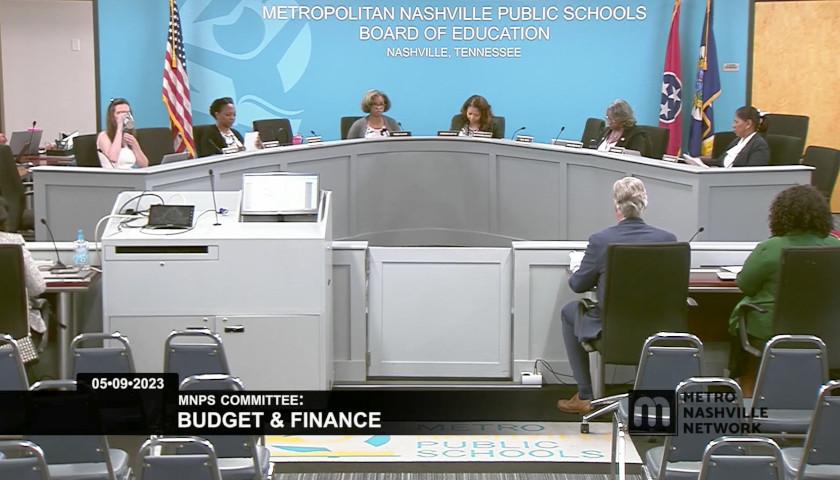by J. D. Davidson
Calling the way Ohio funds public schools unpredictable, confusing and inadequate, Ohio lawmakers want to overhaul the system with a formula that could mean a $1.99 billion increase in funding. Changes could come sooner rather than later.
State Sens. Peggy Lehner, R-Kettering, and Vernon Sykes, D-Akron, introduced a bill Thursday that teams with a current house bill. It would change how the state determines the cost of educating a student, along with how the state decides how much a local district should contribute to that cost.
The overhaul will be part of the upcoming lame duck session, according to Lehner.
“The lame duck is the appropriate place and provides the amount of time we need to pass this legislation,” Lehner said during a news conference Friday.
Also, an analyst and consultant who worked with lawmakers to help develop the new system said it could ease the need for districts to ask voters for new local tax levies.
“Is it going to eliminate the need for new levies completely? No,” Michael Sobul said. “Is it going to greatly ease the need for it? We believe it will. We believe districts will have the additional resources from the state to meet the needs of the student.”
If passed and fully phased in over six years, it will mean nearly $2 billion more annually for Ohio schools. However, each specific General Assembly will have the flexibility to base funding decisions on statewide economic situations, according to State. Rep. Gary Scherer, R-Circleville, said.
The plan looks at two basic steps. First, what is the base cost to educate a student? Second, how much can local communities pay?
The proposed base cost plan would incorporate professional development for teachers, health, safety, social and emotional needs of students, academic and athletic activities, technology, building and district operations, leadership and staff.
A key change to local funding, according to the sponsors, is the new plan will base 60% of a district’s local funding capacity on property values and 40% on resident income. Currently, only property values determine how much a local district can pay.
State Rep John Patterson, D-Jefferson, pointed to Ohio farmers who face an economic crisis as an example. He said recently that farmers struggled selling crops, and, while property values remained high, wealth was virtually non-existent.
“The lame duck is the appropriate place and provides the amount of time we need to pass this legislation,” Lehner said during a news conference Friday.
Also, an analyst and consultant who worked with lawmakers to help develop the new system said it could ease the need for districts to ask voters for new local tax levies.
“Is it going to eliminate the need for new levies completely? No,” Michael Sobul said. “Is it going to greatly ease the need for it? We believe it will. We believe districts will have the additional resources from the state to meet the needs of the student.”
If passed and fully phased in over six years, it will mean nearly $2 billion more annually for Ohio schools. However, each specific General Assembly will have the flexibility to base funding decisions on statewide economic situations, according to State. Rep. Gary Scherer, R-Circleville, said.
The plan looks at two basic steps. First, what is the base cost to educate a student? Second, how much can local communities pay
The proposed base cost plan would incorporate professional development for teachers, health, safety, social and emotional needs of students, academic and athletic activities, technology, building and district operations, leadership and staff.
A key change to local funding, according to the sponsors, is the new plan will base 60% of a district’s local funding capacity on property values and 40% on resident income. Currently, only property values determine how much a local district can pay.
State Rep John Patterson, D-Jefferson, pointed to Ohio farmers who face an economic crisis as an example. He said recently that farmers struggled selling crops, and, while property values remained high, wealth was virtually non-existent.
– – –
J.D. Davidson is a reporter with The Center Square.








